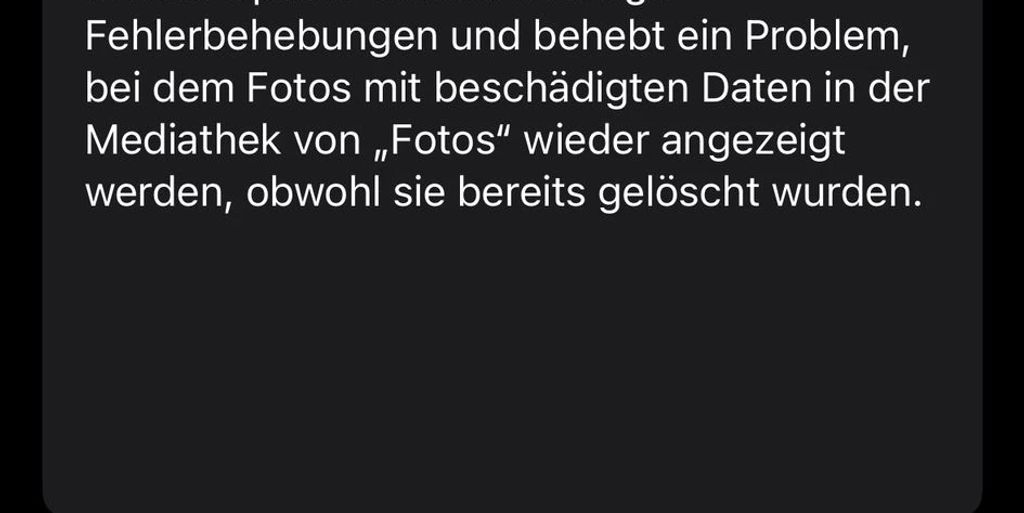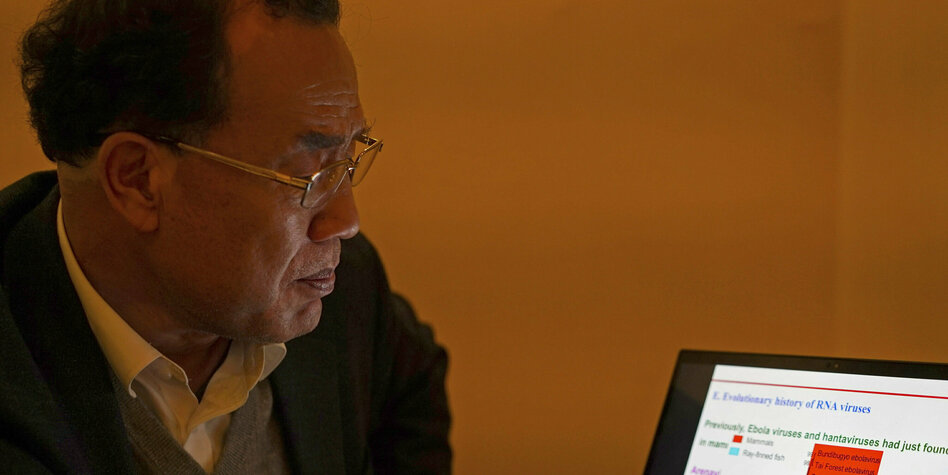Since he illegally published the coronavirus sequence in January 2020, pressure on virologist Zhang has been growing. Now he has been fired.
Chinese virologist Zhang Yongzhen shows a presentation on his laptop at a cafe in Shanghai in December 2020. Photograph: Dak Kang/AP
Shanghai Taz | Zhang Yongzhen was the first scientist to decipher the genome sequence of the coronavirus, paving the way for a global vaccine against Covid. But more than four years later, the virologist sits on a piece of papier-mache in the Shanghai drizzle outside the entrance to his research laboratory.
What seemed like a belated April Fool's joke has become a bitter reality since the weekend: one of the bravest scientists in the People's Republic of China has been fired from his workplace. “I will not give up, I follow science and truth!” the 59-year-old wrote on his personal Weibo account on Monday before the post was deleted by censors.
It is not yet possible to independently verify what exactly happened. The authorities not only imposed a strict ban on online information, but also surrounded the research laboratory of the Shanghai Public Health Clinical Center with security forces. When an AP reporter wanted to interview Professor Zhang, his path was blocked. Only on the phone did he say in vague words that it was difficult for him to speak at the moment because the line was being tapped.
According to the employer, it's all just a big misunderstanding: the virologist had already been offered an alternative job, but the old laboratories had to be closed due to renovation work. Zhang strongly contradicted this account.
A sit-in protest against dismissal
His current sit-in is not only the latest evidence of how tightly the one-party state controls its academics; But also how sensitive all the processes surrounding the origin of the coronavirus are.
Zhang had already received a visit from the security service in January 2020, when he himself published the genome sequence of the new pathogen. It cannot be proven whether the authorities wanted to destroy the evidence or at least keep it secret. However, the evidence suggests just that.
Chinese magazine Caixin published a report on an order from the National Health Commission dated January 3, 2020. Accordingly, all laboratories were asked not to publish any information about the “Wuhan disease.”
Such investigative reporting by Chinese media has been possible for a few weeks during the turmoil of the coronavirus outbreak. But then censorship intervened again, and future leaks about the origins of the coronavirus came from foreign correspondents' desks.
Help from foreign scientists
It was also foreign researchers who were finally able to discover that virologist Zhang had actually discovered the coronavirus sequence on January 5th. It is very likely that he was not the only Chinese scientist at that time to come to his findings. But the security authorities immediately carried out raids and imposed a strict ban on publication.
Only when popular pressure from abroad mounted and no one else published the sequence did Zhang do so at his own risk – and without permission from the government.
But while the Chinese virologist won international awards, he faced harassment at home. Trusted researcher Edward Holmes of the University of Sydney said Zhang had been dismissed from his position at the Chinese Center for Disease Control and Prevention.
“There has been a campaign against him ever since he defied the authorities by publishing the genome sequence of the virus that causes COVID-19,” Holmes said. “He collapsed in the process.”

“Alcohol buff. Troublemaker. Introvert. Student. Social media lover. Web ninja. Bacon fan. Reader.”







More Stories
Billionaire’s Mission to Save the Hubble Telescope: NASA Skeptical
This weight loss method is really effective
Space: Do we owe life on Earth to cosmic dust? – knowledge